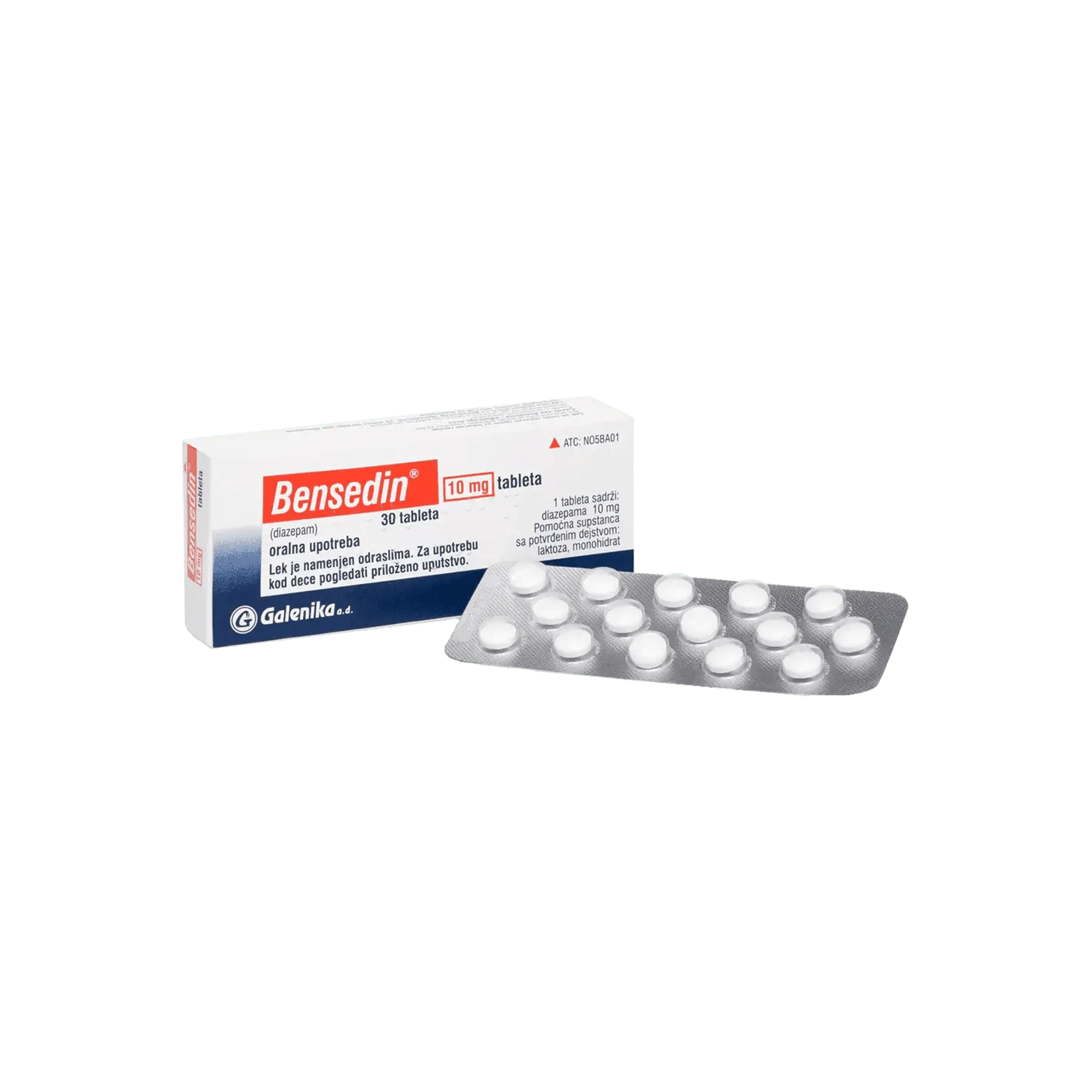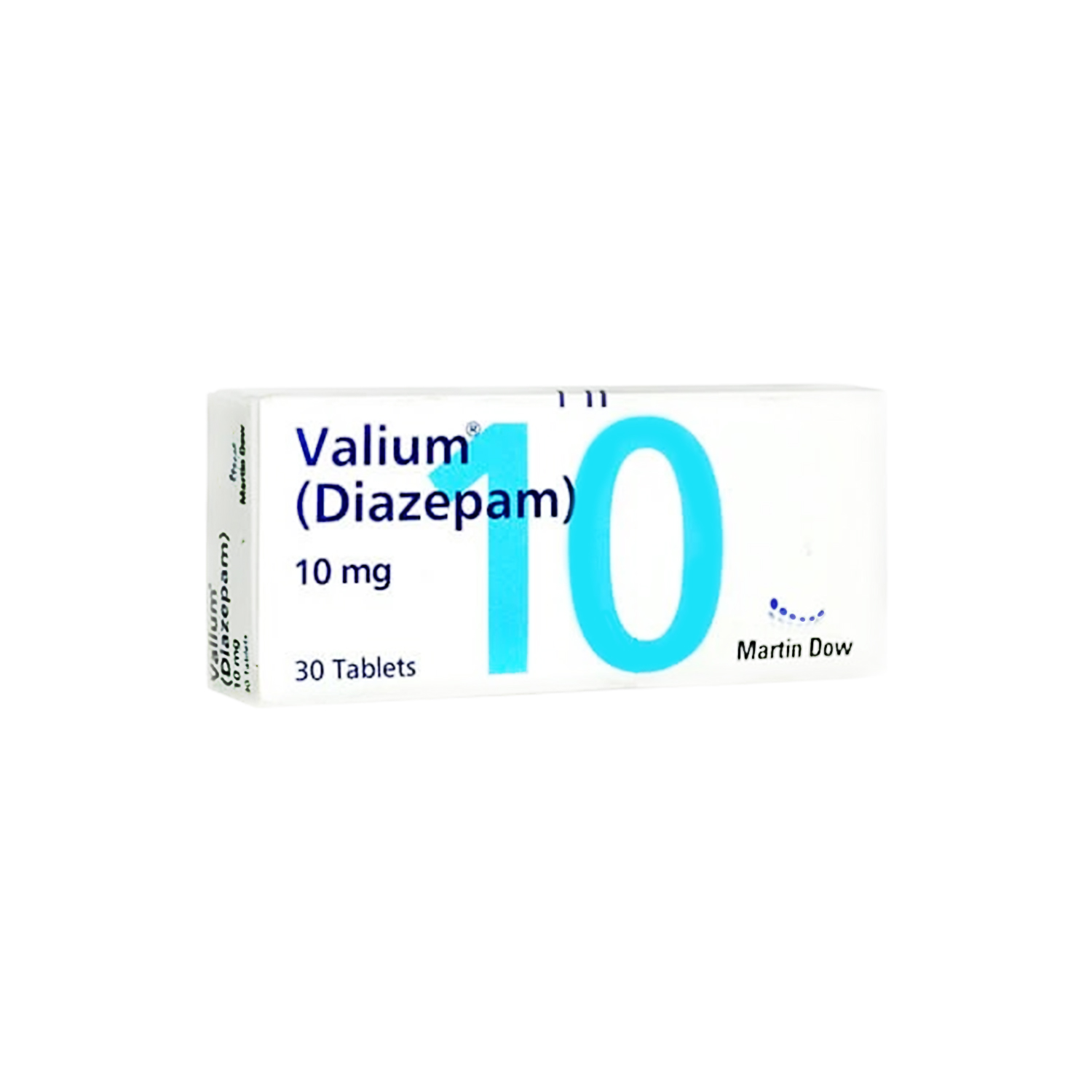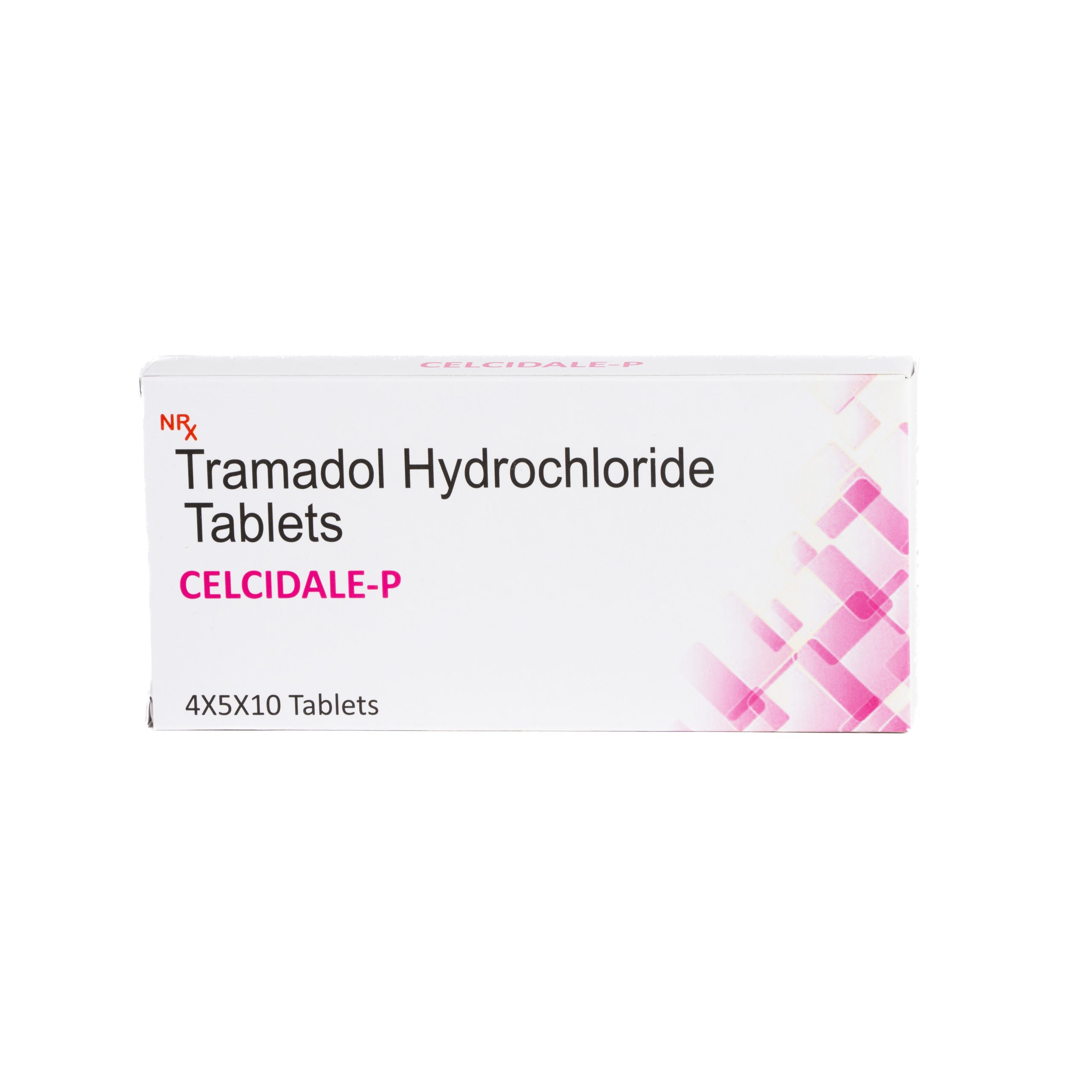Description
Diazepam Tablets: Safety, Dosage, Side Effects, and Uses
Diazepam tablets are among the most frequently prescribed medications in the benzodiazepine class. As a result of their efficacy in treating conditions such as anxiety, muscle spasms, convulsions, and alcohol withdrawal symptoms, these tablets, which are commonly referred to as Valium, have been in medical use for decades. Nevertheless, diazepam necessitates meticulous administration under the guidance of a healthcare professional due to its classification as a controlled substance.
This comprehensive guide will delve into the following topics: the definition of diazepam tablets, their mechanism of action, applications, safety precautions, adverse effects, and precautionary measures. The purpose of this guide is to help you understand this medication.
What is the purpose of diazepam tablets?
Diazepam is a member of the benzodiazepine family of medications, which exerts a calming effect on the central nervous system (CNS). It functions by increasing the activity of gamma-aminobutyric acid (GABA), a neurotransmitter in the brain that mitigates excessive nerve activity.
Multiple medical conditions are treated with diazepam tablets due to their anticonvulsant, muscle relaxant, and sedative properties. These tablets are typically prescribed for short-term treatment due to their potential for dependence, and they are available in a variety of concentrations, such as 2mg, 5mg, and 10mg.
Principal Applications of Diazepam Tablets
Diazepam is a medication that is highly adaptable and has a variety of significant medical applications. Some of the most prevalent applications are as follows:
1. Anxiety Disorders
Diazepam is frequently prescribed to alleviate anxiety symptoms for a brief period. It alleviates nervous tension, restlessness, and excessive anxiety by regulating brain activity. Nevertheless, it is not advisable to use it as a long-term anxiety treatment because of the potential for dependence.
2. Stiffness and muscle spasms
Doctors prescribe diazepam tablets to alleviate muscle contractions that are the result of conditions such as multiple sclerosis, cerebral palsy, or spinal cord injuries. It enhances mobility and comfort by relaxing tense muscles.
3. Epilepsy and Seizures
Diazepam is beneficial for managing specific forms of seizures due to its anticonvulsant properties. It may be administered as part of an epilepsy treatment regimen or in emergencies to halt seizures that are currently occurring.
4. Withdrawal from Alcohol
Patients frequently endure withdrawal symptoms, including seizures, agitation, and convulsions, during the process of alcohol detoxification. Diazepam tablets can assist in the management of these symptoms and the reduction of the risk of complications.
5. Insomnia (Short-Term Use)
Although diazepam is not typically the first-choice sleeping pill, it may be prescribed on a short-term basis for individuals who experience severe insomnia, particularly if it is associated with anxiety or tension.
6. Medical Procedures (Sedation)
In certain instances, diazepam is administered before medical procedures to alleviate anxiety and soothe patients. It is beneficial for minor surgeries or dental procedures due to its sedative properties.
The Mechanism of Action of
Diazepam
Tablets
The tranquil effects of the neurotransmitter GABA in the brain are augmented by diazepam. Increased GABA activity results in a reduction in the speed of nerve signals, which in turn leads to:
Decreased anxiety
Muscles that are at ease
Decreased seizure activity
Drowsiness and sedation
Diazepam’s effects are typically felt within 30 to 60 minutes of oral administration, and they can persist for several hours. This is due to the aforementioned effects.
Diazepam Tablets: The Recommended Dosage
The dosage of diazepam is contingent upon the patient’s age, condition, medical history, and response to treatment. It is imperative to adhere to the prescription prescribed by your physician.
Adult dosages are typically as follows:
Anxiety: 2mg to 10mg, administered twice daily.
For muscle spasms, a dosage of 2mg to 10mg should be administered three to four times per day.
Alcohol withdrawal: 10mg every 6 to 8 hours for the first 24 hours, followed by 5mg every 6 to 8 hours or as needed.
Migraine disorders: The dosage is typically 2–10 mg, administered twice daily under medical supervision.
For patients who are elderly:
The sedative effects of diazepam are more pronounced in older individuals. In order to prevent excessive drowsiness or falls, lower quantities (e.g., 2mg once or twice daily) are typically prescribed.
Important Remarks:
Always adhere to the prescribed dosage.
Do not abruptly discontinue the use of diazepam, as withdrawal symptoms may manifest.
Unless under the stringent supervision of a healthcare professional, it is not advisable to use this medication for an extended period.
Potential Adverse Effects of Diazepam Tablets
Diazepam, like all medications, may induce adverse effects. These may differ based on the individual’s response, duration of use, and dosage.
Common Adverse Effects:
Fatigue or drowsiness
Symptoms of dizziness or lightheadedness
Lack of muscle strength
Seeing things obscured
Decreased coordination
Serious Adverse Effects (Promptly Contact a Medical Professional):
Memory impairment or confusion
Difficulty inhaling or a reduction in breathing rate
Fainting or severe lethargy
Unusual mood swings, including aggression or agitation
Symptoms of allergic reactions include a rash, irritation, swelling, and difficulty breathing.
Long-Term Risks:
Extended use of diazepam may result in:
Addiction and dependence
Tolerance (requiring increased dosages to obtain the same effect)
Symptoms of withdrawal occur when the drug is abruptly discontinued.
Precautions to Consider Before Consuming Diazepam Tablets
Consult your physician regarding your medical history before initiating diazepam treatment. If you have the following conditions, you should exercise caution or avoid diazepam:
Respiratory complications (asthma, COPD, sleep apnoea)
Kidney or liver disorders
A history of substance abuse or addiction
Mental health conditions or depression
Glaucoma
Breastfeeding and Pregnancy:
Diazepam is contraindicated during pregnancy, particularly in the first trimester, as it poses a risk of birth defects.
In addition, it has the potential to impact lactating infants by passing into breast milk.
Interactions with Other Substances:
Many medications and substances, such as: can interact with diazepam.
Alcohol (increases the risk of toxicity and induces sedation)
Other sedatives or sleeping medications
opioid analgesics
Antidepressants
Antihistamines
It is crucial to notify your physician of all medications and supplements that you are currently consuming.
Dependence and Withdrawal from Diazepam
Diazepam is a benzodiazepine, which increases the risk of dependence, particularly when used at large doses or for an extended period. Quitting abruptly can result in withdrawal symptoms, such as:
Panic or anxiety attacks
Sleep deprivation
Irritability
Excessive sweating and trembling
Seizures (in severe cases)
A gradual tapering of the dosage is typically recommended by physicians to prevent withdrawal, as opposed to an abrupt cessation.
Techniques for the Safe Use of Diazepam Tablets
In order to optimise advantages and mitigate hazards:
Adhere to Your Prescription:
Consume diazepam exclusively in accordance with your physician’s instructions.
Abstain from Alcohol:
The combination of alcohol and diazepam can be fatal.
Do not operate machinery or operate vehicles while under the influence of diazepam, as it may induce somnolence and impair coordination.
Tablets should be stored in a secure location, away from the reach of children and pets.
Short-Term Use:
Diazepam should not be used as a long-term treatment unless it is specifically recommended by a healthcare provider.
Alternatives to Diazepam Tablets
Your physician may recommend alternatives to diazepam, including:
Cognitive behavioural therapy (CBT), selective serotonin reuptake inhibitors (SSRIs), or buspirone are effective treatments for anxiety.
For insomnia:
Melatonin supplements, sleep hygiene practices, or non-benzodiazepine sleep aides.
Treating Muscle Spasms: Physical therapy, stretching exercises, or non-benzodiazepine muscle relaxants.
For seizures, there are alternative anticonvulsant medications that are more appropriate for long-term use.
Diazepam Tablets: Commonly Asked Questions (FAQs)
1. How long does it take for diazepam medications to operate?
Diazepam typically commences to exert its effects within 30 to 60 minutes of oral administration.
2. What is the duration of diazepam’s effects?
The drug’s long half-life results in traces remaining in the body for a significantly prolonged period of time, although the calming effects can last for 4 to 6 hours.
3. Can I consume diazepam daily?
It is generally not advised to use this medication daily, unless it has been specifically prescribed for a medical condition. Dependence may result from prolonged use.
4. Is diazepam addictive?
Yes, diazepam can be addictive if used improperly. Utilise it consistently in accordance with the instructions.
5. Is it permissible to consume diazepam with food?
Indeed, diazepam tablets may be administered with or without sustenance. Stomach distress may be mitigated by consuming them with food.
In conclusion,
Diazepam tablets are a potent medication that can effectively manage a variety of conditions, including anxiety, muscle spasms, convulsions, and alcohol withdrawal. However, because diazepam belongs to the benzodiazepine family, it carries risks of dependence, withdrawal, and side effects.
If prescribed diazepam, always follow your doctor’s instructions, avoid alcohol, and use it only for short-term treatment unless otherwise directed. Understanding how this medication works and the precautions associated with it can help you use it safely and effectively.





